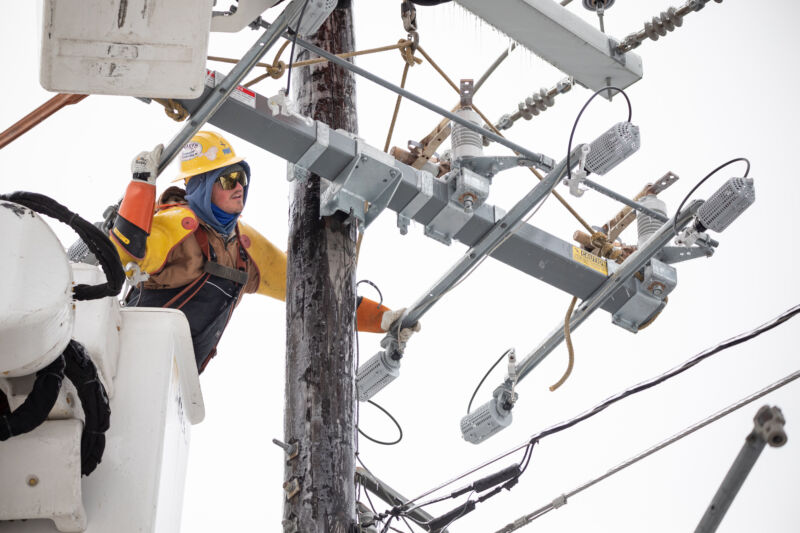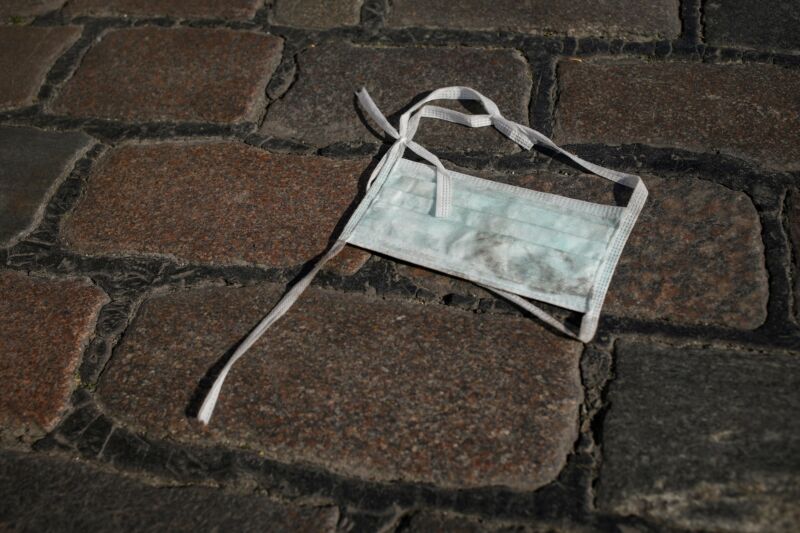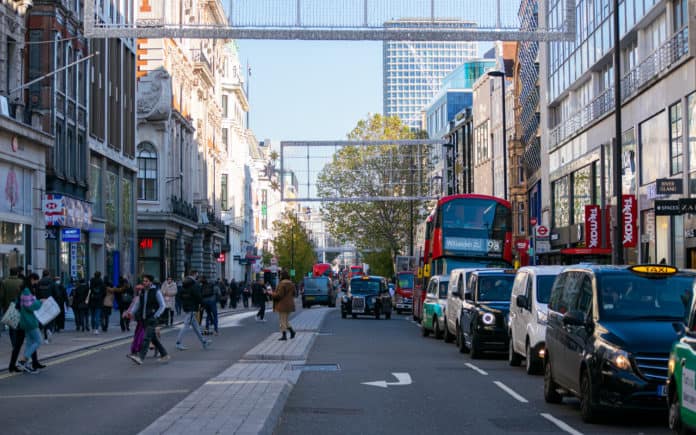Texas’ “failsafe” generators failed, risking weeks-long catastrophe
Black start generators—and their backups—failed en masse during deep freeze.
TIM DE CHANT - 5/28/2021

Enlarge / A worker repairs a power line in Austin, Texas, on Thursday, Feb. 18, 2021.
Texas’ days-long power outages during last February’s deep freeze almost stretched into weeks or even months thanks to a string of failures at “black start” generators.
More than half of the state’s 28 black start generators, which are crucial for bringing a collapsed grid back to life, experienced outages themselves, according to a new report by The Wall Street Journal. Of the 13 primary generators, nine encountered trouble, as did six of 15 secondary generators acting as backups in case the primary backups failed. Some had trouble getting enough fuel to run, while others were damaged by the cold weather.
“Having had experience for almost two decades with utilities, it’s genuinely inconceivable to me—even in today’s massively deregulated environment—I cannot imagine how any regulatory oversight got itself into this position,” said Evan Wilner, who served as Delaware’s first public advocate representing utility customers.
While one black start generator is theoretically enough to bring a grid back to life, the process would take an exceptionally long time, which is why grids have many such generators standing by.
Early on the morning of February 15, Texas came within five minutes of needing its troubled black start generators. Fossil fuel generators began tripping offline and wind turbines were freezing, eventually causing more than 35 GW of capacity to become unavailable. Cold temperatures were driving demand higher, and the grid’s frequency began dropping dangerously.
FURTHER READINGTexas gov knew of natural gas shortages days before blackout, blamed wind anyway
If grid operators had been unable to bring the frequency back up, the power plants that had been generating would have been forced offline to avoid damage to their equipment. Already widespread outages would have spread even further, plunging more of Texas into darkness.
If the grid had collapsed, Texas would have needed to turn to its black start generators to slowly bring each power plant back online. But when the state would have needed them most, many generators were unable to fulfill their duties. The black start generator at the massive 3.65 GW coal- and gas-fired W.A. Parish power plant was down for 17 hours on February 15, the day the outages began. Black start at another large generator, the 1 GW T.H. Wharton plant, was down for 84 hours that week because its air intake was frozen. The average length of outages across all black start generators in Texas during the deep freeze was 40 hours.
Black start power
Without working black start generators, power plants cut off from the grid have no way of getting back online. All power plants, including nuclear and hydroelectric, require electricity to jump-start their operations. Without power, pumps can’t feed water to boilers, and spillways can’t open to allow water to course through their turbines. Even the generators themselves require a small amount of electricity to excite the electromagnetic fields in their rotors. Larger power plants generally require larger black start generators, and those units may require smaller generators to get cranking.
Some power plants that provide black start services are finding the economics challenging, according to the WSJ report. One small hydroelectric plant in West Virginia says it spends $65,000 to comply with black start regulations but earns only $51,000 a year for the service.
Every North American grid has black start generators, but there’s no nationwide standard regulating them. Each state or grid operator decides how to operate the generators. Some use a mix of fossil fuel generators and hydroelectric dams. Hydro is particularly attractive because the fuel source is often more reliable—as long as there’s water behind the dam, the generators require just a small amount of power, either from a generator or a battery, to ramp up to full capacity.Advertisement
But Texas no longer has any hydroelectric black start facilities. All of its black start generators use natural gas as a primary fuel, and only 13 generators at six sites can use fuel oil as a backup. When natural gas supplies run short, generators without an alternate fuel source are unable to provide vital services to the grid. Plant operators are required to maintain a reserve supply of fuel, but it wasn’t clear during the February freeze that they were all fulfilling this obligation. The Electric Reliability Council of Texas, or ERCOT, which manages most of the state’s electrical grid, is reportedly in the process of trying to recover some of the payments made to black start facilities that failed during the outage.
Utilities in Texas may not have trouble recouping their costs, though. Texas lawmakers are on the verge of passing bills that would allow gas and electric utilities and cooperatives to issue state-approved bonds that would be backed by additional charges on customers’ bills, according to the Texas Tribune.
FURTHER READING Texas’ power grid crumples under the cold
The financial toll is just a sideshow to the human costs of the disaster, though. While 151 deaths have been officially attributed to the outages, a new BuzzFeed News report suggests that the tally is likely closer to 700.














